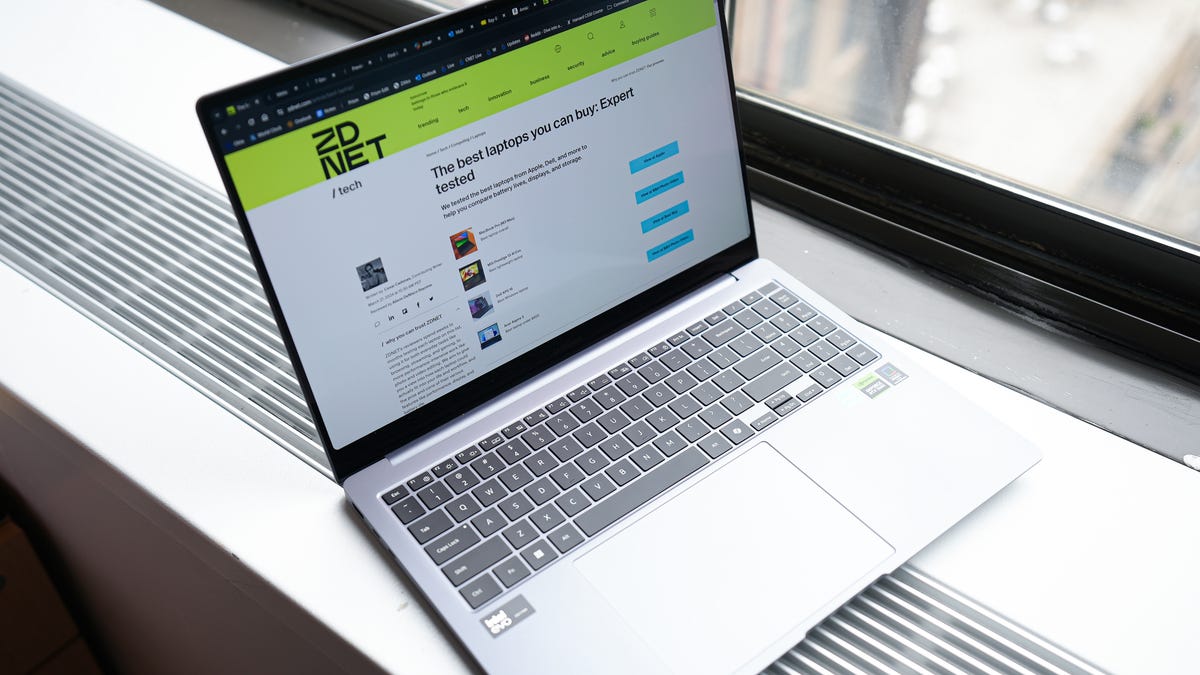Google Pixel 9a vs. iPhone 16e: My camera comparison has a clear winner

The Google Pixel 9a and Apple iPhone 16e are among the best phones you can buy right now. The former has a $499 price tag, while the latter replaces Apple’s iPhone SE lineup at $599. Both phones offer a clean design with a virtually flush camera module, thick bezels on the front, and battery life that, in some cases, is better than their more expensive counterparts. However, they differ in one major aspect — the cameras.
Also: I switched from my Pixel 9 Pro to the 9a for three weeks – here’s my buying advice now
Apple’s newest entry-level iPhone costs $100 more and sports a single rear camera. It is upgraded to a new 48MP sensor when compared to the iPhone SE and is the only 2025 mainstream phone to sport a single rear camera. In contrast, Google retains the dual rear camera setup from its predecessor. It pairs a new 48MP main camera with a 13MP ultrawide-angle sensor.
I used the two phones to snap photos in different scenarios and determine which budget phone has a better camera, and here are the results.
Note: All photos were taken in the default point-and-shoot mode. While it is possible to get better results from both cameras by adjusting the focus and exposure or editing photos in post, I didn’t make manual adjustments to the over 250 photos that I captured.
Pixel 9a vs iPhone 16e: Camera showdown
Both Pixel 9a and iPhone 16e can shoot great-looking photos during the daytime, but they each have a signature look in terms of color science. The iPhone 16e tends to be on the warmer side, which you might not notice unless you are comparing it to the output of another phone.
In contrast, Google opts for a more muted, cooler look, with a blueish hue. That said, the Pixel 9a captured fewer details in shadows than the iPhone. In the above shot, I prefer the iPhone for its warmer look, even though Google’s depiction is more accurate to real life. Overall, both phones have their own color tone, and the difference is only noticeable when you pixel peep into buildings, murals, and other fine textures.
These two shots of pink flowers were captured at sunset. The iPhone seems to struggle with highlights (see the white coloring in the petals), while the Pixel 9a retains the pink color and delivers a more soothing, real-to-life pink. Apple’s shots look more saturated in comparison.
Portraits shot on Google and Apple phones differ not only by processing and colors but also in the frame. Like its predecessor, the Pixel 9a shoots portraits in a tighter 1.5x frame or 2x and 3x, with no option to capture a portrait in 1x. In comparison, the iPhone 16e allows you to shoot in 1x, 2x, and 3x.
Also: I replaced my iPhone 16 Pro with the 16e for two weeks – here’s my buying advice update
The Pixel 9a captures better portraits. It delivers better skin tone, color accuracy, and a more natural-looking blur. Meanwhile, the iPhone 16e offers a warmer look and inaccurate blur. The way it blurred my office chair makes it look like I was superimposed on the picture. Maybe that’s why it is important to have a secondary camera to capture. Overall, I preferred Pixel’s portraits over the iPhone’s.
Night mode isn’t the best on either, and both deliver photos filled with noise. That’s to be expected with devices in the midrange category, to be fair. But there is a clear winner when you compare the two phones. Google’s Pixel 9a offers more details and true-to-life colors. Notice the skin tone and hair on my friend’s arms — the iPhone couldn’t get the details right. Apple’s shot is brighter, which might appeal to more people, but I’d pick the Pixel 9a for the color accuracy.
Google continues its lead with better skin tone and color accuracy on the front camera, too. On the other hand, there’s a bit of smoothing going on in the iPhone’s selfie, if you look closely at my forehead. Both can tend to blow out the highlight, as can be seen on my forehead, but Google retains slightly more details.
Also: This 360-degree camera is even more effortless to shoot videos with than your phone
Both phones struggled with clarity and sharpness on my beard. That said, Pixel 9a’s selfie shooter is better for group shots as it offers a wider 120-degree field-of-view to let more people in the frame.
These shots are meant to showcase Pixel 9a’s camera versatility. The ultrawide-angle camera allows you to explore more perspectives by widening your frame to 0.5x, while the iPhone is limited to 1x. I captured these against the light, which is tricky to get right, but Google exposed the shot better than 16e’s primary camera.
Also: Google Pixel 8a vs. Pixel 9a: We tested both midrange phones, and the winner is not so obvious
Both phones allow you to capture macro shots. The Pixel 9a gets closer to the subject and offers a lot more detail on macro subjects than the iPhone 16e.
The verdict
The Google Pixel 9a costs $100 less and delivers a better set of cameras than Apple’s iPhone 16e. The latter isn’t bad, but it misses the mark in various scenarios and isn’t as versatile as its counterpart. It can still shoot some very good-looking images in bright conditions, but the difference widens in low light. If reliability and versatility are what you’re after, the Pixel 9a wins in both regards.
Overall, the Google Pixel 9a offers better portraits, macro shots, and low-light imaging capabilities than the $599 iPhone 16e. But, of course, the winner ultimately depends on your preferences in color, details, and how subjects are portrayed.



